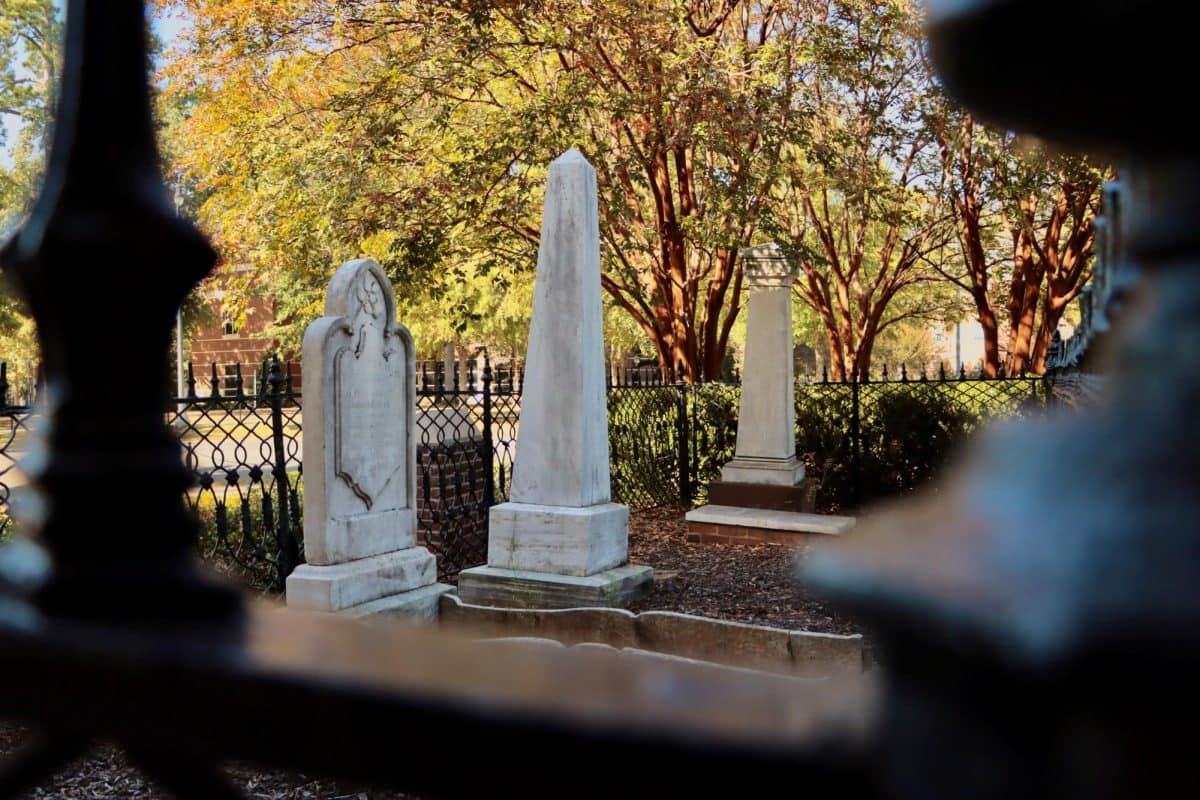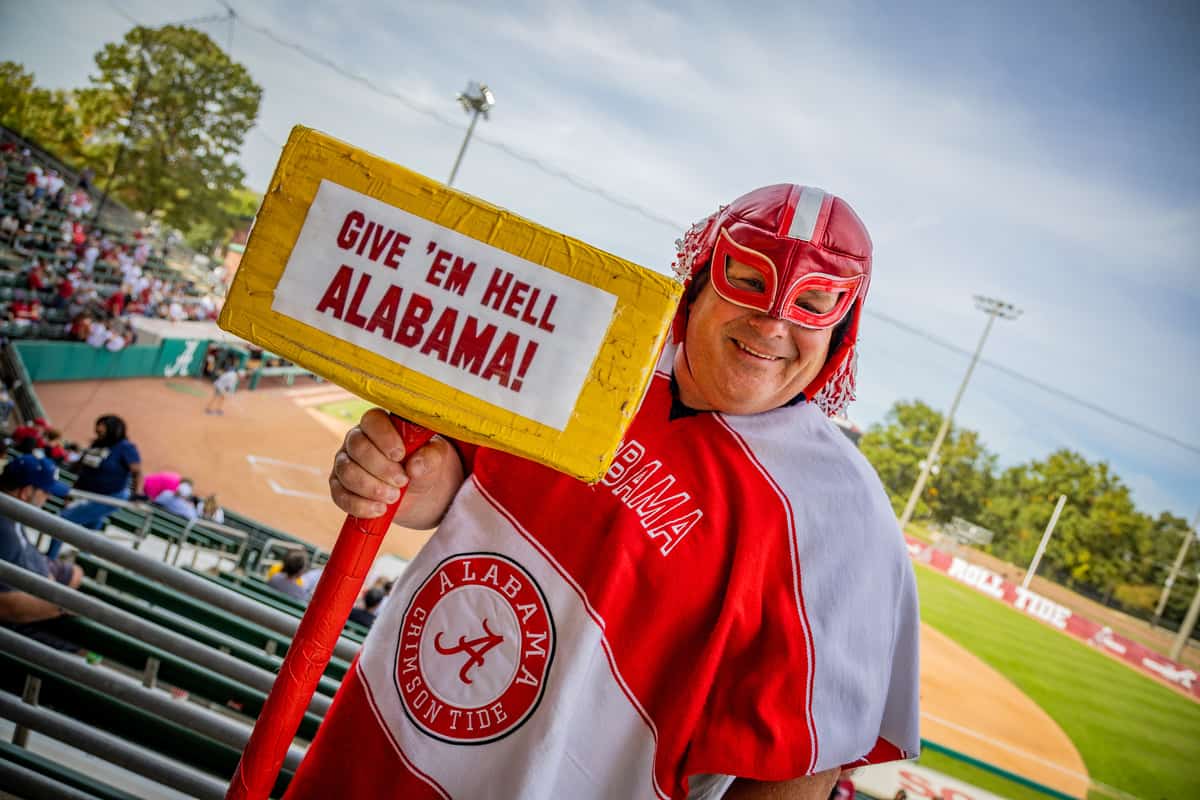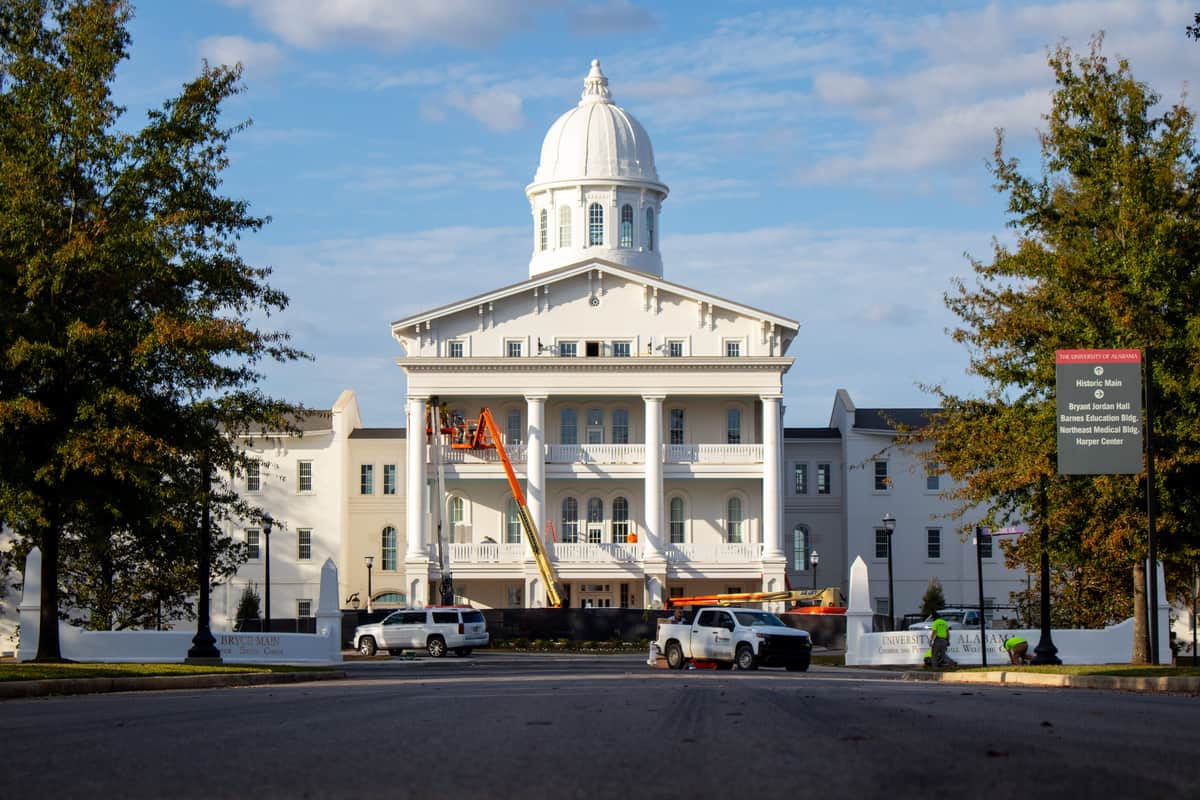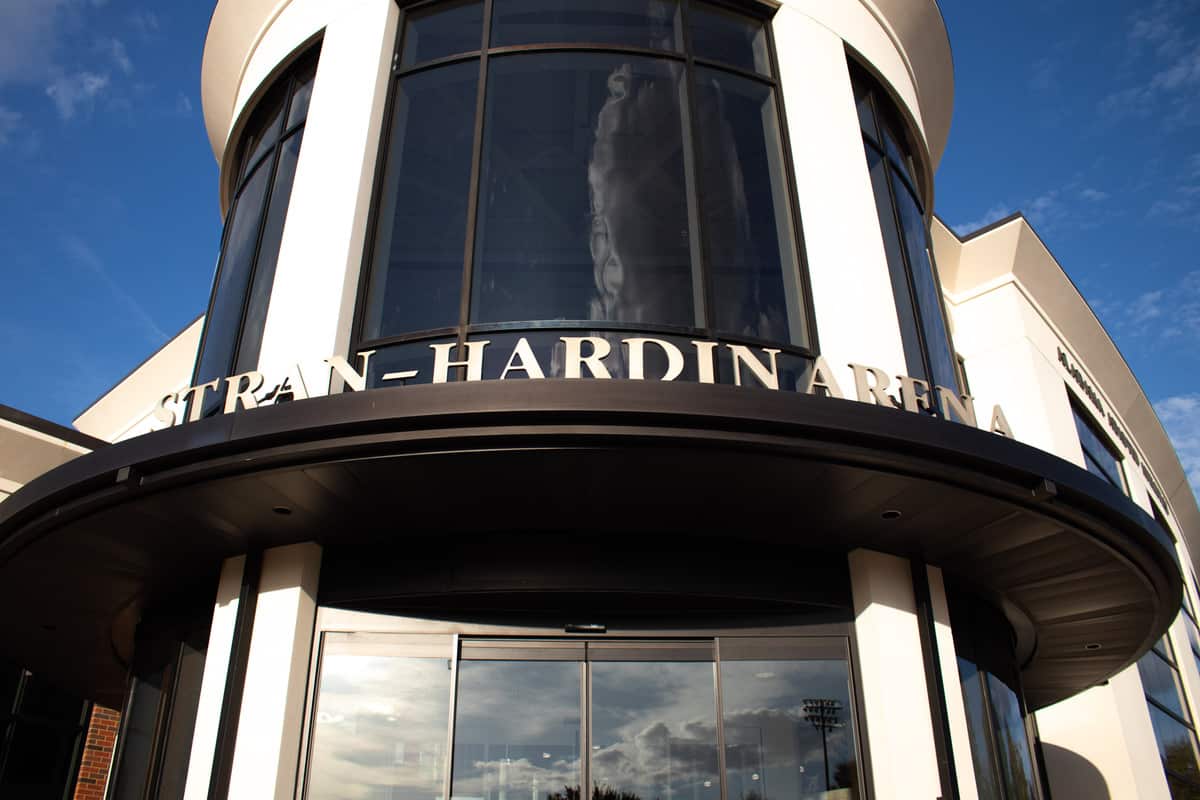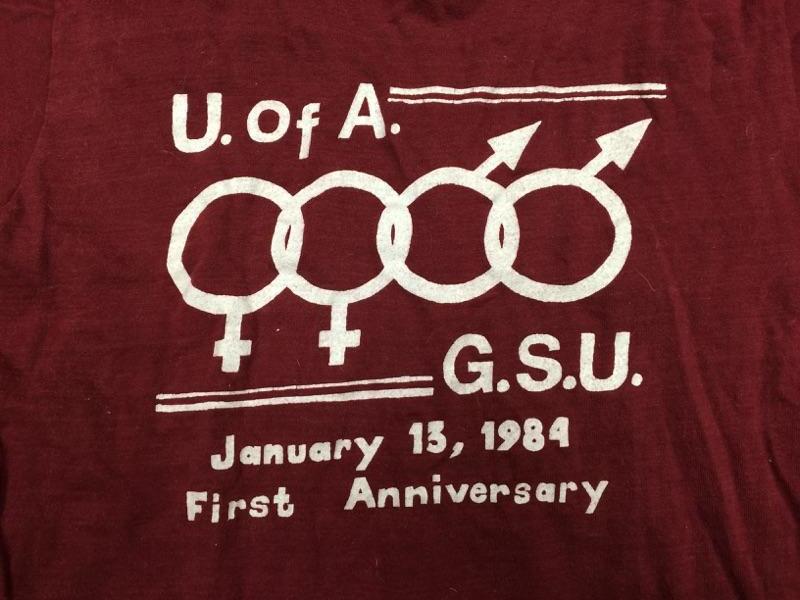The Department of Gender and Race Studies and Black Faculty and Staff Association Ambassadors have collaborated since 2015 to run the Hallowed Grounds tours.
These tours aim to educate students and community members about the University’s long history of slavery and how it connects to existing campus structures.
JaiOnna Terry, a graduate student in the Department of Gender and Race Studies, helps guide the tours. Terry said that each tour’s stops can vary depending on the person facilitating it, but it usually begins with the Gorgas House and ends with the slave cemetery.
“For me, personally, I talk about a spot of activism that’s right outside of Presidents Hall,” Terry said. “The bricks that are laid out around there [are] salvaged bricks from the destruction of campus. So of course, enslaved people have touched these bricks. Their handprints are still on these bricks, and the University wants to put their enslavers’ names on top of these bricks, like Manly, Garland, Wood.”
Erin Stoneking, an assistant professor in the Department of Gender and Race Studies, helps schedule the tours, as well as train the graduate students and BFSA Ambassadors who facilitate them. In her experience, responses to the tour have been very positive.
“People respond enthusiastically to it. There’s a lot that gets revealed that I think people are sort of shocked is not part of a larger conversation,” Stoneking said.
Stoneking gave the history of the Mound on the Quad as an example of a piece of campus history most students are unfamiliar with. According to her, the Mound was first established after the destruction of campus during the Civil War and became a marker of the antebellum period.
“During that Reconstruction period, it was a symbol of the old South and the lost cause,” she said. “Yet that is used as a literal platform for recognizing the best and brightest students on campus.”
The Mound is the location of the annual Tapping on the Mound ceremony, during which honor societies induct new members and the achievements of students and faculty are recognized.
DeCarlos Caple Jr., a junior majoring in computer engineering, is a current BFSA Ambassador, and he said the tours have made him look at the campus a bit differently.
“Something from the tours that’s surprising to everyone is at Smith Hall: the bullet holes still there that aren’t covered up,” he said. “But they really help show the history, so I’m glad it’s not covered up.”
Terry attributed the success of the tours to Hilary Green, who began the tours during her time working at the University from 2014 to 2022 as an associate professor of history.
Green said the project began as an attempt to reflect on the lives of enslaved individuals who helped build the campus but were not honored during their lives. She currently works at Davidson College as the James B. Duke Professor of Africana studies.
Green said she began to research the campus’s history of enslavement after a student in one of her classes did not see the purpose of studying it. She looked into the University’s archives and realized that creating a tour for her students might be the best way to teach this side of its history.
“The tour was created to fit in a class period of a Tuesday/Thursday class,” Green said. “So we walked the campus as part of one of the lectures. That was the goal. It just expanded well beyond that, and by the time I left, I had reached over 5,500 individuals in person.”
Once Green got permission from Utz McKnight, the chair of the Department of Gender and Race Studies, she began to recruit students and alumni, and pressure grew for the University to make the tours more widely available.
Nowadays, tours are led in large part by student members of the BFSA Ambassadors.
Green made sure that when she left, the tours were still being facilitated by graduate students within the Department of Gender and Race Studies.
“I wanted to make sure the tour was still being done, but by students who would get it as either credits but also work-study,” Green said. “So students are able to get paid to do the work and not have their labor extracted and exploited, especially students of color and marginalized communities in a system talking about enslavement on the campus.”
Despite her goal, BFSA Ambassadors are currently not paid for these tours. Earlier this year, the SGA urged the University to compensate the students who host the tours, to no avail.
The history of the tour has not been without controversy. Even at the tour’s inception, Green experienced a lot of pushback from some students, faculty and community members.
“Some of the pushback I got was from other faculty who did not feel that this information should be told,” she said. “One faculty member in particular said, ‘Well, we gave them a marker.’”
According to Green, a few students and faculty members wrote letters to President Stuart Bell attempting to stop the tours. Despite this, she felt immense support from most people as she continued.
“I got emails from former Bama football players turned NFL coaches, and I kept all of those for when I needed it. Other Black alum, other students going into the community,” Green said. “So there was pushback, but there was a lot of support. I like to say I was tolerated rather than accepted by the administration.”
To Green, the tours are important because they showcase sides of campus history that she argues the University is not forthcoming about.
“One of the things the Hallowed Grounds tour means to me is we are no longer lying to students and faculty and other community members who come on the campus and are told in various ways that this past has not shaped current race relations on the campus,” Green said.
Green believes that the tours are one way the school has aimed to reckon with its history.
“Is our history perfect? No,” Green said. “But we’re not the same. It’s not the same campus of enslavement. So who were the people who made these changes? Because it wasn’t the administration; it was people. How can they be role models for students who might not feel that they belong today? They can see that history and resilience and find a way to continue and to persist.”
Anyone interested in attending a tour can visit the Department of Gender and Race Studies’ website and schedule a tour by emailing Stoneking. All of Green’s research can be found online, along with materials for a self-guided tour.



